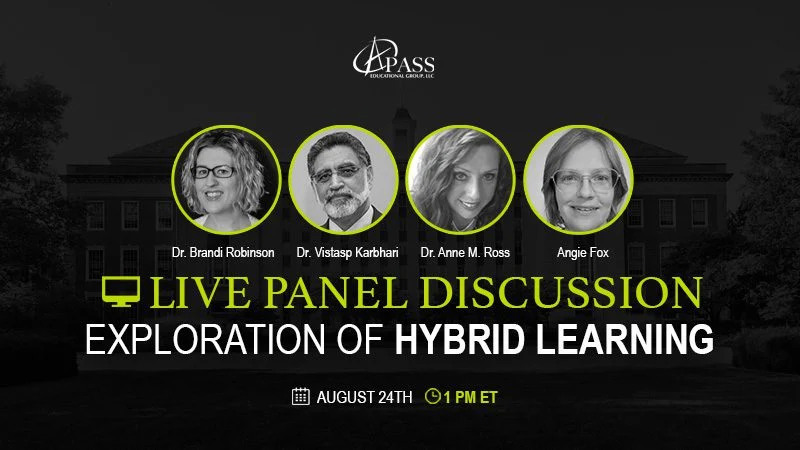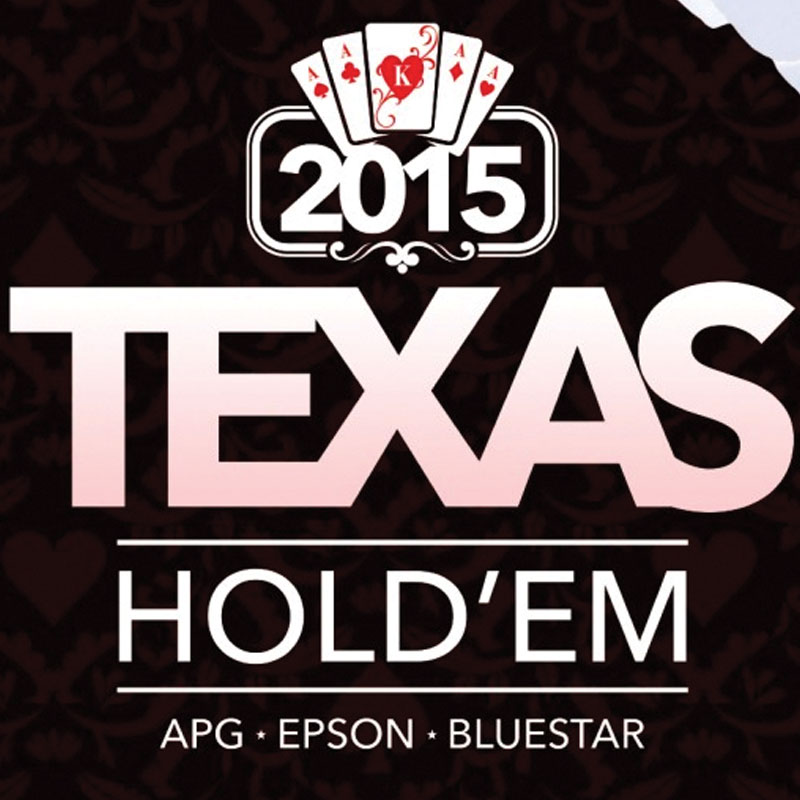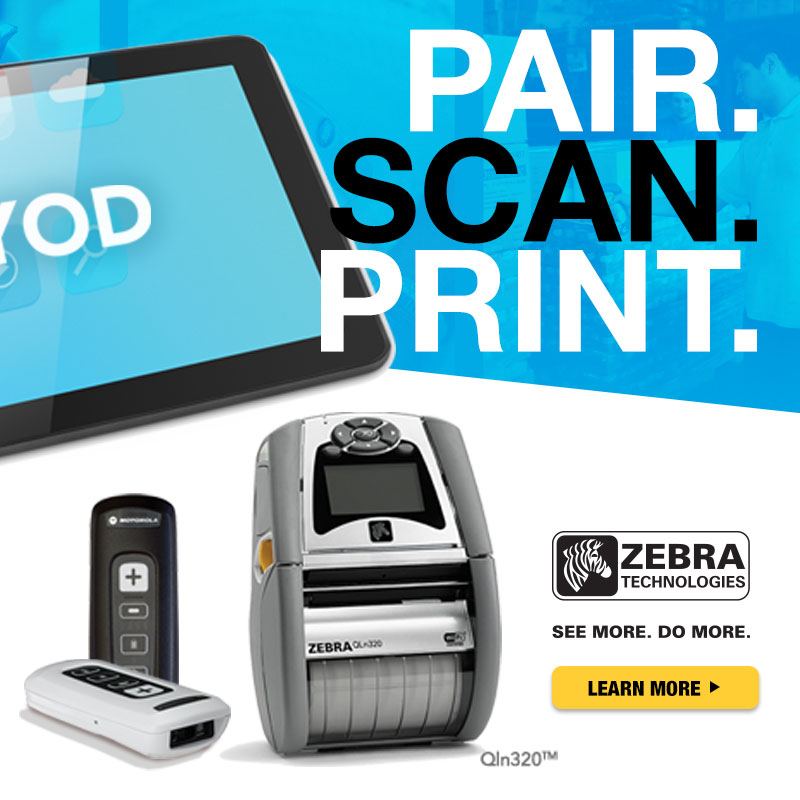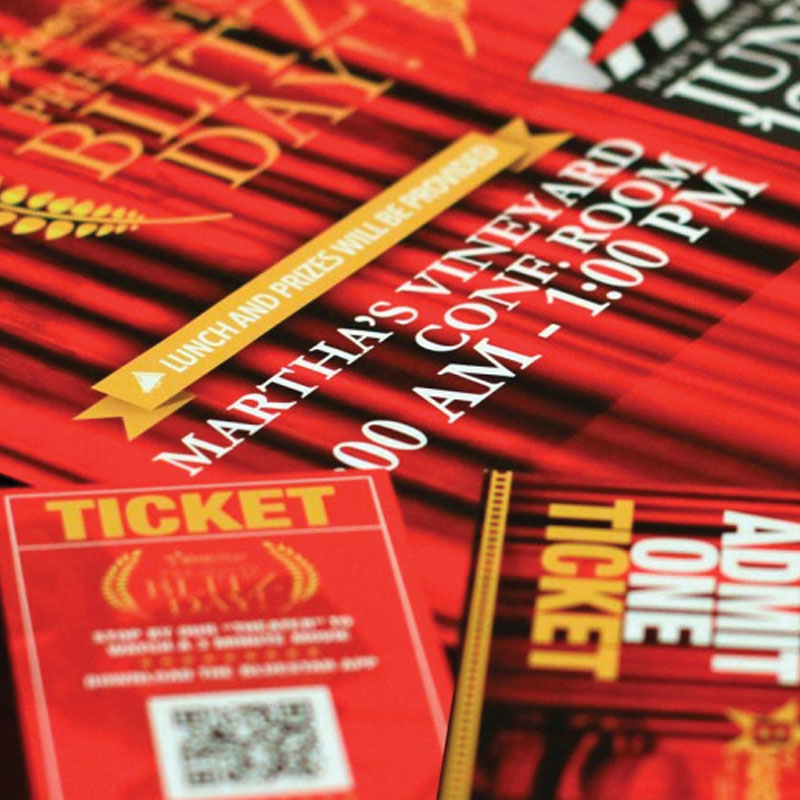Digital Marketing Campaign, Strategy & Design
Webinar Campaign
Objectives and Target Audience
Before I began any campaign, I set specific objectives for my marketing campaign. These included the number of signups I aimed to achieve, the level of engagement I hoped to see, and the level of awareness I intended to raise about the webinar. I also defined the target audience, including their demographics, interests, and online behavior.
Target Audience
Director of Content
Procurement Manager
Course Designer
University Department of Head
Goal
500+ signups
Result
864 signups
Details
Digital Marketing
Social Media Marketing
Email Marketing
Paid Ads
Graphic Design
Process
**Note**: Every element of this marketing campaign, from conception to execution and follow-up, was entirely designed and managed by me, demonstrating a comprehensive ownership of the project.
1. Designed Visuals for the Campaign
I designed consistent and compelling visuals for the entire campaign. These included images for social media posts and ads, graphics for the landing page, and visuals for the email promotion. The visuals adhered to our brand guidelines, were optimized for each platform, and were designed to grab attention and encourage sign-ups.
2. Created a Landing Page
I developed a dedicated landing page on our website for the webinar. The page included details about the webinar’s topic, date and time, speakers, and how to register. I ensured the registration process was simple and user-friendly, incorporated compelling visuals, and provided clear calls-to-action (CTAs).
3. Social Media Posts
I started promoting the webinar on our social media channels. These posts included essential information about the webinar and a link to the registration page. I also used relevant hashtags to increase the visibility of our posts.
2. Created a Landing Page
I developed a dedicated landing page on our website for the webinar. The page included details about the webinar’s topic, date and time, speakers, and how to register. I ensured the registration process was simple and user-friendly, incorporated compelling visuals, and provided clear calls-to-action (CTAs).
3. Social Media Posts
I started promoting the webinar on our social media channels. These posts included essential information about the webinar and a link to the registration page. I also used relevant hashtags to increase the visibility of our posts.
4. LinkedIn Event and Ads
I created a LinkedIn event for the webinar, invited our connections, and encouraged them to share the event with their networks. Additionally, I ran LinkedIn ads targeting professionals who would be interested in our webinar topic. I used LinkedIn’s targeting features to reach a specific audience based on job title, industry, location, etc.
5. Email Promotion
I sent out an email blast to our subscriber list about the webinar. The email was engaging and contained a clear CTA leading to the registration page. I sent a series of emails – an initial announcement, a reminder as the date got closer, and a final reminder a day before the event.
6. Monitored and Adjusted
I monitored the performance of our campaign regularly, which allowed me to make necessary adjustments to our strategy in real time. I looked at metrics like click-through rates, conversion rates, engagement rates, etc., and adjusted our strategy accordingly.
7. Post-Webinar Follow-Up
After the webinar, I sent out a thank you email to all who attended with a link to the webinar recording. I asked for feedback and if they were interested in future webinars. This helped us improve future events and keep our audience engaged.









